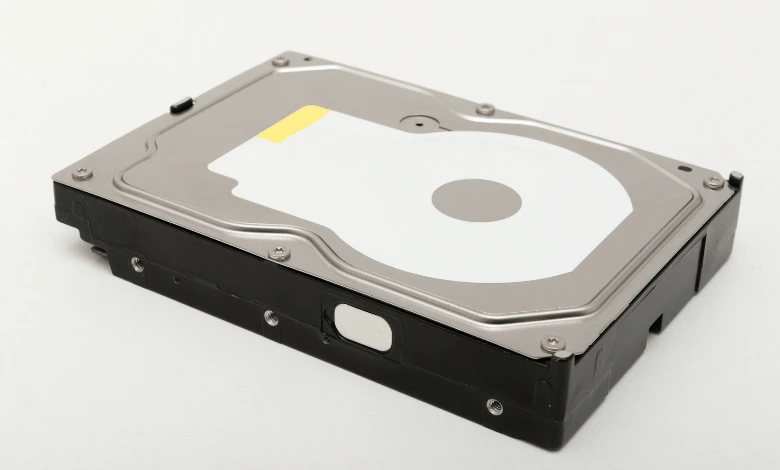FAT32 file system is particular to Microsoft Windows. It was introduced back in the 1990s with Windows 95 and later became the default file system for an operating system. The limit FAT32 file system volumes was a controversial decision, but this article explores why Microsoft made it and what it means for you and your data.
What is FAT32 file system, and why was created?
FAT32 is a file system that Microsoft created in 1996. It is an extension of the older FAT16 file system.
FAT32 was designed to be used on drives that were 2 GB or less in size. However, it can be used on drives up to 32 GB in size.
FAT32 has several advantages over FAT16. It is more efficient, supports long file names, and is more resistant to corruption.
However, there are also some disadvantages to using FAT32. It is not as reliable as NTFS, it does not support file compression, and all operating systems do not support it.
Despite its shortcomings, FAT32 is still widely used today. It is the default file system for many USB drives and digital cameras.
Why the limit of FAT32 file system 32GB?
The limit of FAT32 file system is 32 GB because the File Allocation Table, or FAT, only supports a maximum of 32GB. The FAT table tells the computer where each file is located on the drive.
For drives larger than FAT32 file system 32GB, a different file system, such as NTFS, must be used. NTFS supports much larger drives but is not compatible with all operating systems. Windows and Linux can read and write to NTFS drives, but macOS can only read them.
FAT32 has been around for a long time and is supported by almost all operating systems. It is also the default file system for USB drives. However, it has several disadvantages.
FAT32 has a maximum file size of 4GB. You cannot store files larger than 4GB on a FAT32 drive. Also, FAT32 drives cannot be used for booting Windows Vista or later versions of Windows.
If you need to format a drive larger than 32GB, you must use a different file system such as NTFS.
How can I format my FAT32 file system drives larger than 32GB then?
You can’t. It’s impossible to format FAT drives larger than 32GB. This is because FAT32 uses a 32-bit file allocation table, which can only address a maximum of 4,294,967,296 (32 x 2^32) bytes of disk space.
Since 1GB is equal to 1,024 x 1,024 x 1,024 bytes (1,073,741,824), a 32GB drive is actually only 31.5GB in size. This means there’s no way to format a drive larger than 32GB with FAT32.
If you try to format a drive larger than 32GB with FAT32, you’ll get an error message saying that the drive is too large for FAT32. So, if you need to format a drive larger than 32GB, you’ll need to use a different file system such as NTFS or exFAT.
Conclusion
After reading this article, you know why it is impossible to format FAT drives larger than 2 GB. You also know what to do if you need to format a drive larger than 2 GB. While the process may be a bit more complicated, it is still possible to get the job done. If you have any questions, feel free to leave a comment below, and we will try our best to help you.





